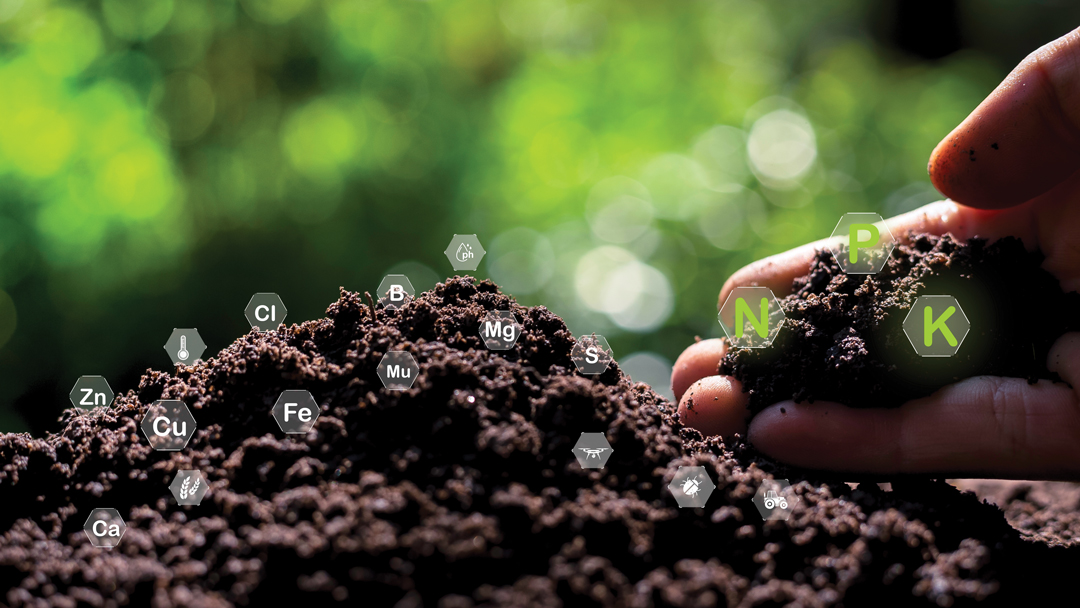GRAIN QUALITY GAP
BY TREVOR BACQUE
An overarching goal of the grain industry is to maximize production and processing efficiency. However, Canada’s post-harvest system is not perfect. Post-harvest losses in Canada are said to be north of $1 billion annually.
A group of scientists studied the problem and its potential solutions. Published in March, the resulting paper is titled Enhancing traceability of wheat quality through the supply chain. It examines how drying, storage, blending and even cleaning can affect wheat quality.
“It is imperative these practices are not treated as an afterthought but given equal importance as cultivation and processing practices,” said Jitendra Paliwal, a co-author of the paper. Paliwal is a professor of biosystems engineering as well as associate dean of academic and graduate programs in the agricultural and food sciences faculty at the University of Manitoba. He said Canada’s grain handling system is known for rigorous standards and infrastructure but can do better with traceability and transparency. “Existing monitoring tools often don’t facilitate a detailed evaluation of grain properties at different stages, and there might be reluctance to reveal quality issues as it may not be equally profitable for all stakeholders.”
As consumers increasingly want to know more about their food, they have become more interested in production practices, said Paliwal. The paper sheds light on post-harvest handling operations. Previously somewhat ignored, they are crucial to end-product quality. Areas of concern include the regular monitoring of stored grain for quality and employment of correct blending strategies. Another notable area is implementation of optimal drying practices. While the Canadian Grain Commission recommends wheat be harvested at no higher than 14.6 per cent moisture content, Canadian wheat is often harvested at around 14 per cent. Competing nations with longer growing seasons often harvest as low as eight per cent. This naturally has implications for storage.
“The often-small sample size utilized for quality checks may not provide a reliable representation of overall grain properties,” said Paliwal. “Another critical yet frequently disregarded factor is the impact of on-farm handling and storage practices on grain quality, which subsequently affects the quality of end-use products such as flour and bread.”
If farmers adopt new and emerging digital technologies, this could provide noticeable benefits over and above traditional techniques, Paliwal believes. He cites the power of data to make his point. “If the data from the storage facilities are diligently recorded and analyzed, they could, in the forthcoming seasons, be utilized to predict performance, minimize storage energy costs, reduce losses and ensure a higher end-product quality. This improved quality could potentially lead to more favourable contracts, thereby benefiting the producers.”
Elaine Sopiwnyk is vice-president of technical services at Cereals Canada in Winnipeg, MB. She well understands the consequences of quality specs being diminished between harvest and milling. “Canadian wheat is of high quality and very much in demand around the world. CWRS is particularly well regarded as an improver or blending wheat,” she said. “So, when you have customers in more than 80 countries buying Canadian wheat, it’s important we maintain that fantastic quality as grain is entering the handling system and goes to the customer.”
Sopiwnyk believes that while our system is good, it can be improved. As there is a lack of academic research published on this important topic, she and her team act like a canary in the bread mine. With this paper now published, it could spur similar research and make studying these sorts of topics easier in the future. “We just need to find the right collaborators, set up the right research activity and do some of this monitoring,” she said.







Comments